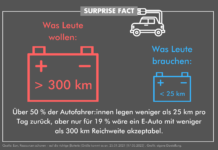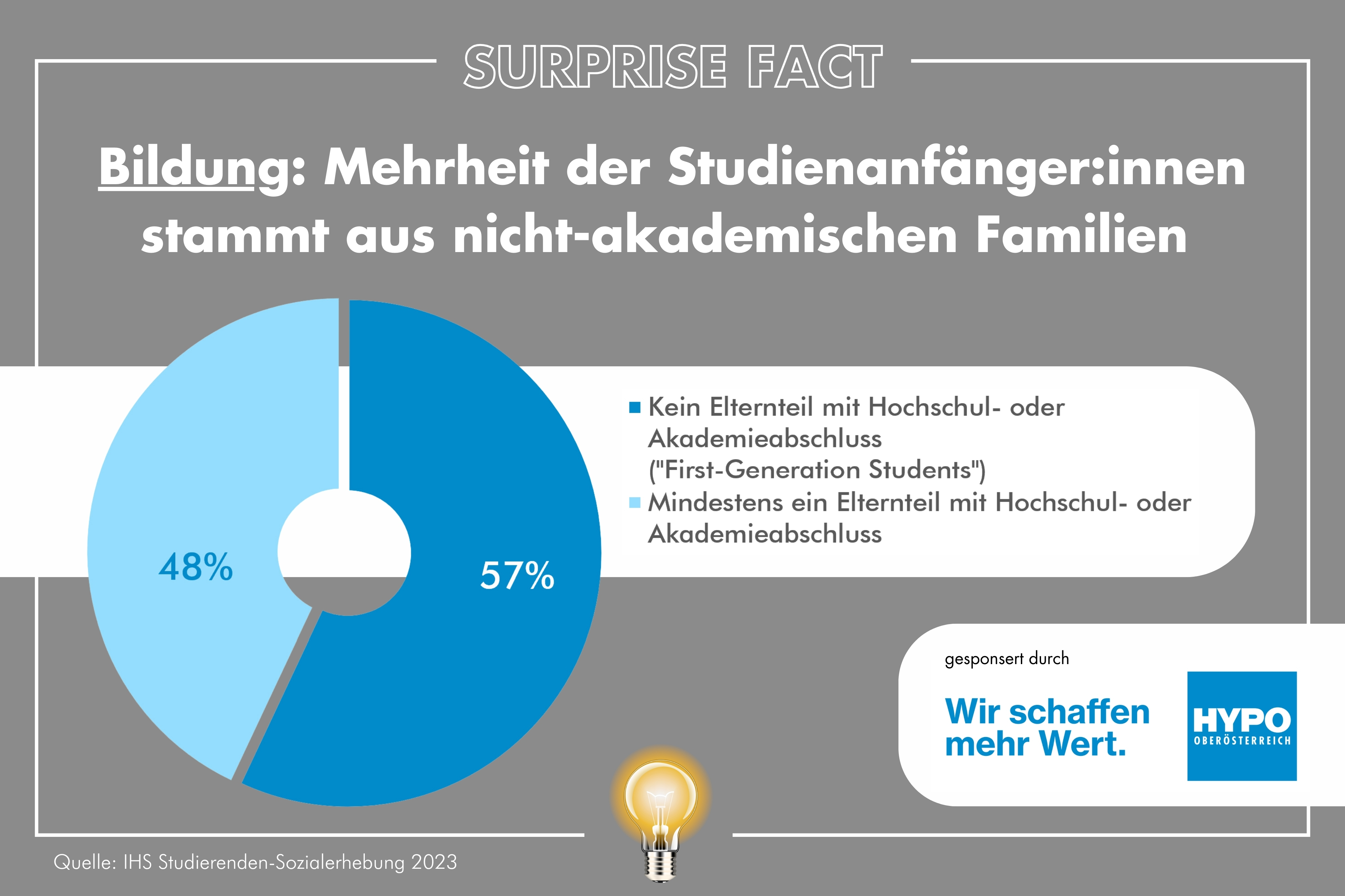What once only existed in the imaginations of science fiction writers is now being developed and tested by carmakers in laboratories and on roadways across the globe.(1)
But all of this ‘reality’ might be a bit too much for many of us.(2)
It lies in the very nature of Academia Superior to ‘think ahead’, thus not taking the status quo for granted. Consequently, as active followers of the think tank’s work, we may have all read about today’s heavily-used buzz word ‘radical innovation’ – it even coins the headline of one of the latest blog posts. In short, a radical innovation can be described as having the potential to disrupt entire industries. The degree of possible disruption depends on the degree of actual newness. Is it only new for the enterprise who invented the product? New for the entire industry? Or is it even new for the world? Very rarely are innovations characterized to belong to the latter category. However, with regards to self-driving cars, “the potential is limited only by one’s imagination”.(3)
Self-driving cars could solve the mobility problems of elder and disabled people. They would allow commuters to spend their time answering emails, watching movies or even allow them to sleep. They could transport children to their soccer practice without being a burden to the parent’s schedules. They could save fuel, find parking spots for themselves and even prevent accidents saving thousands of lives every year. The possibilities are numerous and substantial.
But what does the public think about self-driving cars? Does the ordinary driver even want the car to take over control? Could there be concerns? The state of research about the public opinion towards autonomous driving is only in its infancy. Worldwide, only a handful of studies touched upon this crucial aspect and even those studies only tackled small parts of the topic lacking the ‘big picture’. Consequently, the research paper this blog entry is derived from, covers exactly those issues by answering four main questions:
- Do people show resistance towards self-driving cars?
- What benefits would people value the most?
- What are the underlying reasons for peoples’ concerns?
- What can be done to overcome this resistance? See the whole master thesis here.
After a thorough literature review covering 130 sources, an empirical study using an online questionnaire was developed. This study has been completed by nearly 500 respondents from over 30 countries. The results are as follows:
Indeed, it is found that people do face barriers when handing over control to technology. Further, the majority is unwilling to pay for self-driving features. However, there are considerable differences between sub-sets of the population. Young people, men, and individuals owning cars with advanced automated features tend to be more open towards driverless cars than older people or women. Despite resistance, the public would highly value a number of entailed benefits of the new technology such as the possibility to engage in other things than driving while riding in the car. It is thus assessed why people nevertheless show barriers. While there seems to be a range of concerns, the most pronounced ones are found to be the unwillingness to give up control to the machine, liability considerations, and the fear of hackers and technical error. Finally, strategic implications found to be promising include educating users about the functioning of the technology, giving them the opportunity to engage in test drives, offering the possibility (but not the obligation) to engage in automated driving, and introducing self-drive technology gradually.
Ultimately, these considerations lead to the questions whether and, if so, when self-driving cars will materialize and be introduced to the mass market. It can be concluded that “analysts differ on when these autonomous cars will be introduced, but few believe driverless cars in some form are not the wave of the future.”(4)
Still, “as long as user mindsets are focused on contemporary transportation modes, the introduction of new innovative transportation seems to be a Herculean task.”(5) However, this is not surprising as the executed linkage of psychology and innovation literature has yielded the insight that radical innovations have always encountered resistance, or at least doubt, by the majority of users. Even the car itself has originally been termed a ‘death machine’ that should be banned from the roads.
The introduction of self-driving features is considered more promising when done stepwise. While the public is still doubtful about fully self-driving vehicles, spinning off developed self-driving features gradually and implementing those in manually-operated cars is seen as an opportunity to increase safety in car transportation already today and, as a side effect, getting drivers accustomed to self-drive technology.(6)
Ultimately, both the development of self-drive technology as well as the trajectory of adoption (user acceptance) will depend on multiple additional factors such as “regulatory action, business cycles, technological advancements, and market dynamics”.(7)
Nevertheless, “the argument of when, or even if, we will ever be ready [for fully self-driving cars] is moot, as the benefits from the journey itself is worth it regardless the answer.”(8)
The major diagrams taken from the research paper have been included to this blog post. For further details, and, most importantly, thorough discussions and interpretations of these results, please consult the research paper itself.
Of course, you are also more than welcome to comment on this blog post or to reach the author personally should you have any feedback, questions or just an opinion you want to share.
(1) Alliance, A. (2014). How Automakers Are Driving Innovation.
(2) Phil Rogers, Advanced Micro Devices.
(3) Lutin, J. M., Kornhauser, A. L., & Lerner-Lam, E. (2013). The revolutionary development of self-driving vehicles and implications for the transportation engineering profession. ITE Journal, 83 (7).
(4) Alliance, A. (2014). How Automakers Are Driving Innovation.
(5) Epprecht, N., von Wirth, T., Stünzi, C., & Blumer, Y. B. (2014). Anticipating transitions beyond the current mobility regimes: How acceptability matters. Futures, 60, 30–40.
(6) Rupp, J. D., & King, A. G. (2010). Autonomous Driving‑A Practical Roadmap: SAE Technical Paper.
(7) Silberg, G., Wallace, R., Matuszak, G., Plessers, J., Brower, C., & Subramanian, D. (2012). Self-driving cars: The next revolution. White paper, KPMG LLP & Center of Automotive Research.
(8) Rupp, J. D., & King, A. G. (2010). Autonomous Driving‑A Practical Roadmap: SAE Technical Paper.
About the author
Originally from Upper Austria (Kirchdorf a.d. Krems), Lambert Neumayr is living in Vienna since 2009. He is an alumnus of both WU Vienna University of Economics and Business as well as Queen’s School of Business, Kingston, Canada. The affiliation to Academia Superior started in February and March 2015 when he participated both in the Young Academia workshop in Linz prior to the Surprise Factor Symposium as well as in the Symposium in Gmunden itself. The content of this blog entry is a short-version of his master thesis he has written at the department for Strategy and Innovation at WU Vienna.





